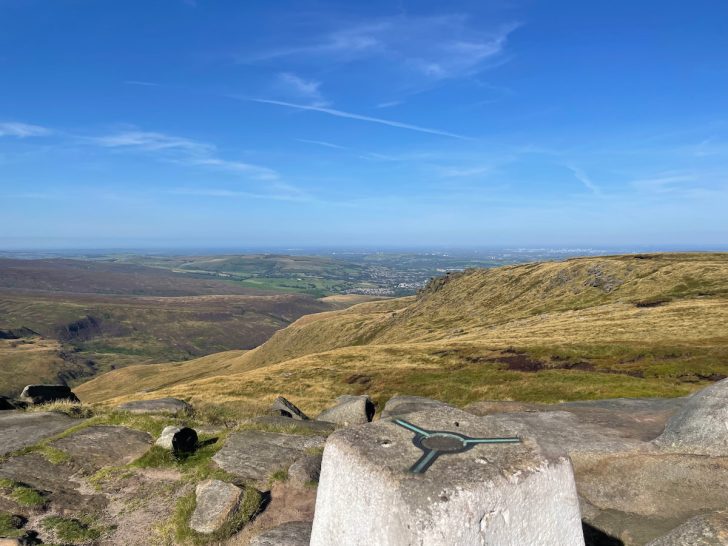Nestled in the heart of England, the Peak District is renowned for its stunning landscapes and rich heritage, making it a perfect getaway for nature lovers and adventure seekers.
However, the weather isn’t always easy to predict, and knowing when to visit can be tricky. This guide aims to help you discover the best times to visit the Peak District for a truly memorable experience.
Overview of the Peak District Weather & Climate
The ideal time to explore the Peak District is typically from May to September, offering the most favourable weather. However, each season uniquely transforms the landscape, presenting different experiences. From the lively greenery of spring to the serene snowscapes of winter, your choice of when to visit should align with the experiences and sights you wish to enjoy.
- Spring (March to May): Gradual awakening of nature with late-blooming trees and early flowers, chilly mornings, and a burst of greenery in the landscape.
- Summer (June to August): Flourishing wildlife and vegetation, longer days for outdoor activities, and vibrant countryside with local festivals.
- Autumn (September to November): Landscape transforms with yellow and rust hues, cooler temperatures with fog and mist, and beautiful autumnal scenery for photography.
- Winter (December to February): Serene, snow-covered landscape with fewer visitors, cold and snowy weather, and opportunities for brisk walks and winter scenery appreciation.
Spring (March to May)
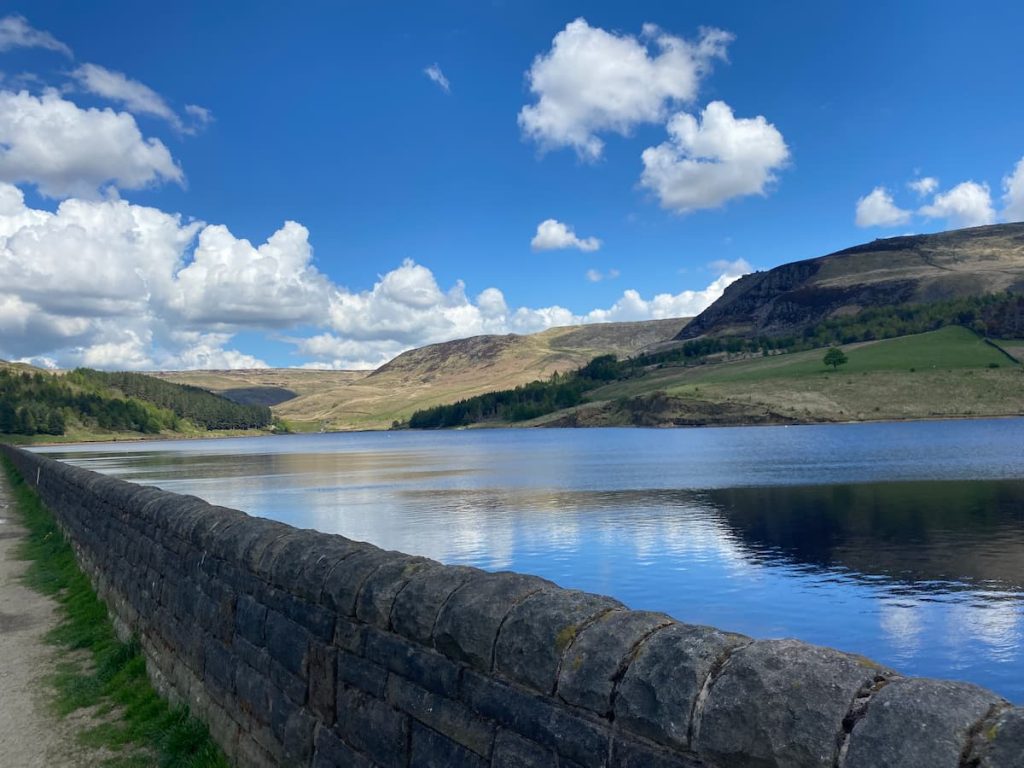
Spring in the Peak District is marked by a gradual awakening of nature. The onset of spring is typically delayed though, due to the region’s altitude.
Snowdrops start appearing in February, followed by celandine. Trees, particularly ash in the White Peak woodlands, may not come into leaf until May. The early part of spring retains a touch of winter, with the possibility of frosty mornings persisting.
- Weather: Mornings can be cold, with minus temperatures common.
- Activities: Witness the burst of green hues in trees and meadows contrasting with the still dormant bracken and heather on the moorlands. Bluebells bloom in April, and the first orchids flower in May.
- Daylight: 12-16hrs
- Temperature: 5–10°C
- Monthly average rainfall: ~77-103 mm
Peak District in March
March brings the first signs of spring as the landscape begins to awaken. Early wildflowers and fresh green shoots emerge, though frosty mornings linger. It’s a quieter time to enjoy the area’s trails and woodlands.
Peak District in April
April sees a burst of greenery, with bluebells adding vibrant colour to woodlands. The weather can be unpredictable, but the beauty of the blooming landscape makes it worth the visit. Expect slightly warmer temperatures and longer days.
Peak District in May
May offers a full spring bloom, with the first orchids appearing and meadows alive with life. Warmer weather makes this a fantastic time for outdoor activities. The countryside is at its most vibrant, with late-blooming trees finally in full leaf.
Summer (June to August)
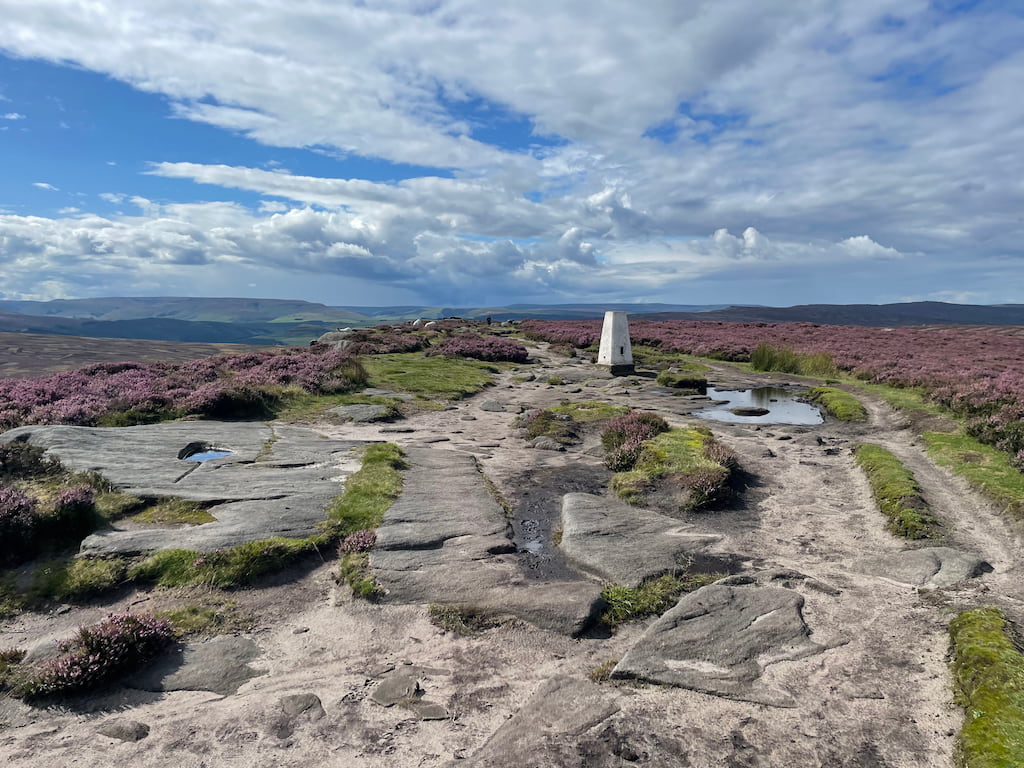
Summer in the Peak District is characterized by the flourishing of pale blue harebells and purple-pink scabious.
The bracken on the moors turns lush green, and the longer days allow for extended outdoor activities with stunning views. Wildlife, such as owls, hares, and deer, are more visible during early dawn and late evenings.
Because this is one of the best times to visit the Peak District, it is usually the busiest. Avoid weekends and arrive early to ensure you can get a parking spot.
- Weather: Expect warmer temperatures and hazy late afternoons.
- Activities: Enjoy local festivals, open gardens, and the vibrancy of the countryside. Late summer sees the moorlands turn purple with heather blooms, especially vivid towards the end of August.
- Daylight: 17-15hrs
- Temperature: 13–19°C
- Monthly average rainfall: ~73-91 mm
Peak District in June
June ushers in summer, with lush greenery and flourishing wildlife. The longer days provide ample time for hikes and exploring. Early mornings and late evenings are the best for spotting wildlife like owls and deer.
Peak District in July
July is peak summer in the Peak District, with warm weather and vibrant landscapes. Local festivals and open gardens add to the lively atmosphere. Plan your visit early to avoid the crowds at popular spots.
Peak District in August
August showcases the moorlands in their full glory, with purple heather in bloom. It’s one of the busiest months, so weekdays or early starts are recommended. The hazy afternoons offer stunning views and great photo opportunities.
Autumn (September to November)
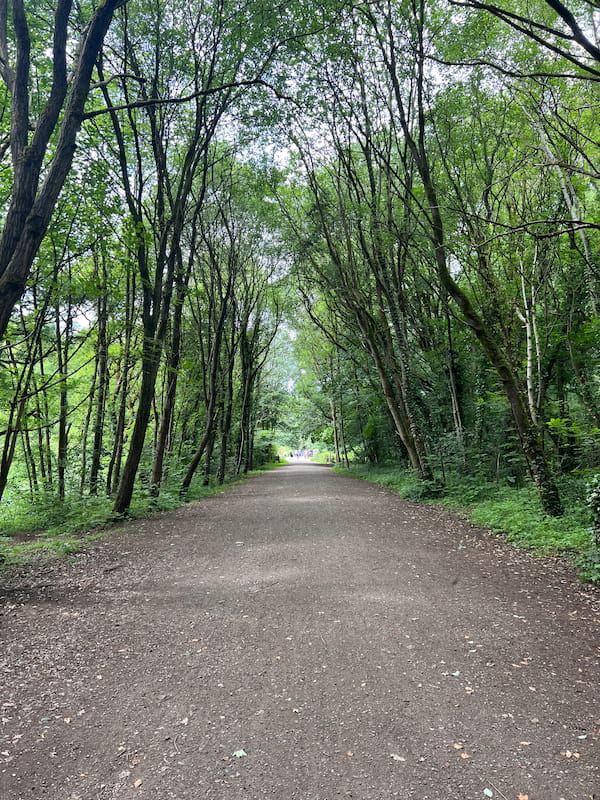
As autumn sets in, the landscape transforms with yellow and rust hues.
Heather shifts from purple to russet, complementing the blue skies. Trees like silver birch, oak, maple, and beech display a spectrum of golds, oranges, and reds, especially striking in areas like Padley Gorge and the Roaches.
- Weather: Cooler temperatures bring about a picturesque setting with increased fog and mist.
- Activities: Explore beech woodlands and, for photography, capture the russet of late heather combined with mixed woodland colours.
- Daylight: 12.5-8.5hrs
- Temperature: 11–16°C
- Monthly average rainfall: ~96–118 mm
Peak District in September
September begins the transition to autumn, with cooler weather and the first hints of gold in the trees. It’s a quieter time to explore the trails and enjoy the changing colours of the landscape.
Peak District in October
October brings vibrant autumn hues, with woodlands showcasing shades of orange, yellow, and red. Cooler mornings and misty days create a magical atmosphere, perfect for photographers and nature enthusiasts.
Peak District in November
November marks the final stretch of autumn, with rust-coloured moorlands and bare trees. The weather is colder, but the dramatic skies and peaceful surroundings make it a great time for reflection and solitude.
Winter (December to February)
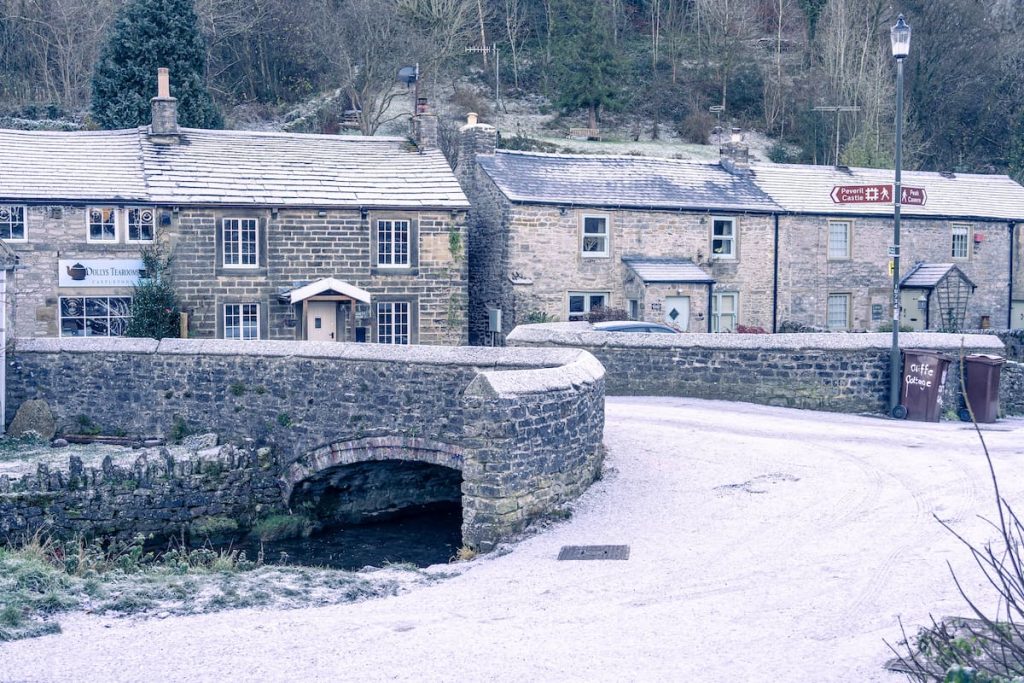
Winter introduces a stark yet serene landscape, with early snow usually arriving in December. This season offers a quieter experience with fewer tourists and a snow-covered environment, creating a unique appeal.
Water levels are typically high in the winter, making waterfalls the most impressive.
- Weather: Expect cold temperatures, often dropping below zero, and snowy conditions that can transform the landscape into a winter wonderland. Ensure you bring the right gear.
- Activities: The snow-covered hills and valleys offer a different perspective of the Peak District, with opportunities for brisk walks and enjoying the serene winter scenery. Snowdrops begin to appear in February, signalling the end of the winter season.
- Daylight: 7.5-10hrs
- Temperature: 0–5°C
- Monthly average rainfall: ~90–125 mm
Peak District in December
December transforms the Peak District into a winter wonderland, with early snowfalls creating picturesque scenes. Christmas markets and cosy gatherings add festive charm, making it an enchanting time to visit.
Peak District in January
January in the Peak District offers a serene start to the year. Snow often blankets the hills, creating breathtaking winter scenes. The frosty mornings and quiet trails make it perfect for brisk walks and photography. Just ensure you dress warmly and prepare for icy conditions.
Peak District in February
February marks the first hints of spring, with snowdrops beginning to bloom. The cold weather persists, but the longer daylight hours are a welcome change. It’s an ideal time for peaceful walks, with waterfalls often at their most dramatic due to high water levels.
Special Events and Festivals
The Peak District hosts a variety of events and festivals throughout the year. These include traditional village fairs in spring, lively summer festivals, and autumn harvest celebrations.
Winter brings magical Christmas markets and cosy community gatherings. Planning your visit around these events can add a unique dimension to your trip.
- Bakewell Show – Typically held in August.
- Chatsworth Country Fair – Usually takes place in late August or early September.
- Well Dressing – Occurs from May to September, with each village having its own schedule.
- Eroica Britannia – Often scheduled in June.
- Buxton International Festival – This festival is generally held in July.
- Y Not Festival – Usually takes place in July or August.
- Matlock Bath Illuminations – This event runs from September to October.
- Hope Valley Beer Festival – Often held in May.
- Castleton Garland Day – Celebrated on Oak Apple Day, which is the end of May.
- The Great Peak District Fair and Buxton Pavilion Gardens – Typically takes place in October.
- Ashbourne Highland Gathering – Usually held in July.
- Hathersage Gala – This week-long festival is generally in July.
Practical Tips for Visitors
For budget travellers, the best times to visit are usually spring and autumn, when prices are lower and the area is less crowded. Accommodation options vary, from Hostels to Spa Hotels, with peak season often requiring advance booking.
Remember that the weather can be unpredictable, and you may have to embrace the outdoors.
Whether you’re seeking the vibrant life of summer, the serene frosty beauty of winter, or something in between, the Peak District offers something special in every season.

